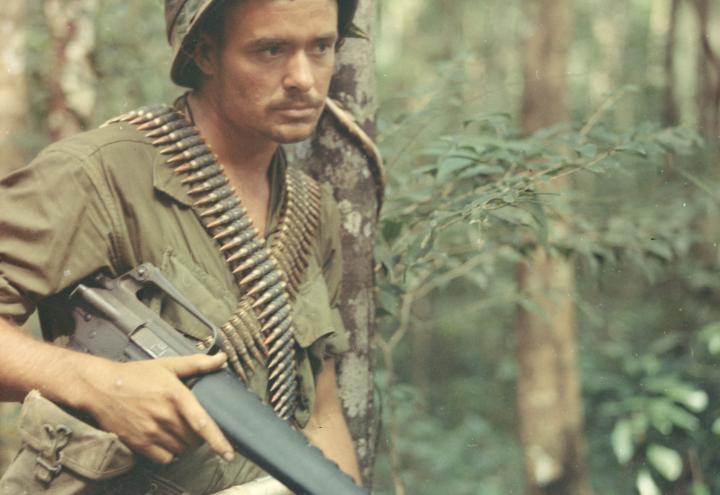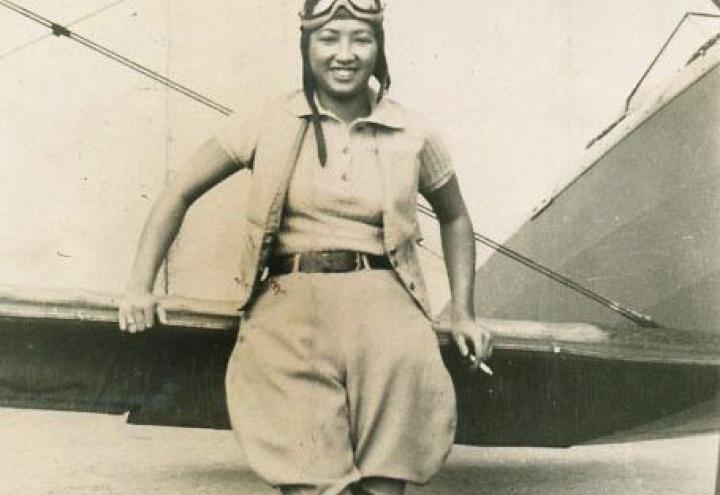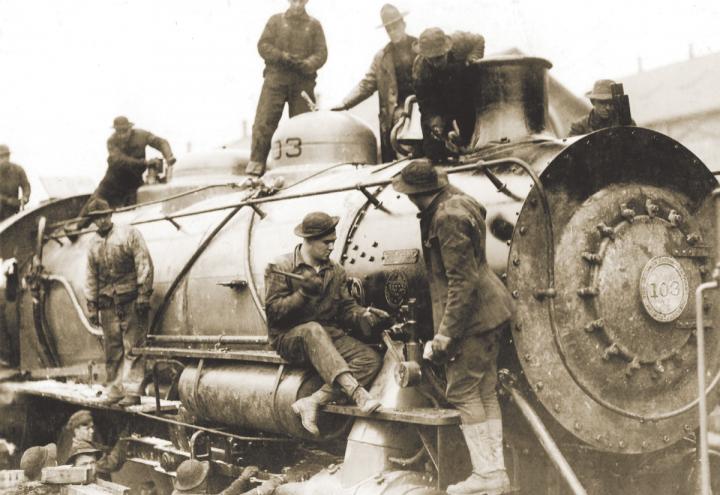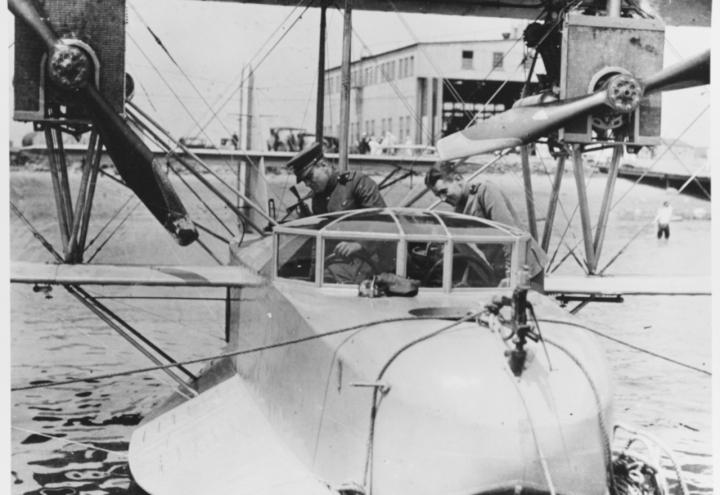Watch “A Virtual Fieldtrip: Teaching and Mapping the Geography of the Meuse-Argonne Offensive.” During ABMC’s most recent Facebook live chat, ABMC staff member Sarah Herrmann spoke with social studies and geospatial tec
Watch “Interview with Aisne-Marne American Cemetery Superintendent Shane Williams.” During ABMC’s most recent Facebook live chat, ABMC staff member Sarah Herrmann interviewed Shane Williams, superintendent at Ais
In World War II, the Korean War and the Vietnam War, millions of Americans served far from home. In the various conflicts, service members fought in the waters of the Atlantic and Pacific. They traversed mountains in Italy, France, Korea and Vietnam.

Before August 1942 the Allies and Japanese had clashed in the air and in the waters of the Pacific, but they had not faced each other in major ground combat. And there had been no major American amphibious landings. That changed in the Solomon Islands.

Not long after the defeat of Nazi Germany in 1945, the United States perceived a new threat to western Democracy –communist expansion in Asia. The U.S.

As bombing raids over mainland Europe began in the summer of 1942, leadership from the U.S. Army Air Forces (USAAF) also understood the need for air support in the Pacific, and China-Burma-India Theaters of Operations. In July 1942, the USAAF created the China Air Task Force (CATF).

When the United States entered World War I on April 6, 1917, the American Regular Army stood at 130,000, a paltry number of soldiers for a nation that had just entered a global conflict. Gen. John J.

Watch "Selling" World War I to the American Public: How Posters Shaped Public Opinion. During a Facebook Live chat, ABMC staff members Eric Marr and Sarah Herrmann looked at four posters used in the United States during WWI.

When the United States entered World War I, an independent U.S. Air Force did not exist. Aviation was in its infancy. The U.S. Army and Navy had pursued peacetime American military aviation with no need to support the fledging technology on a massive scale.
